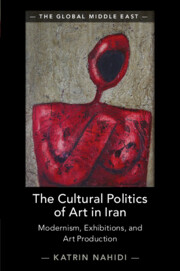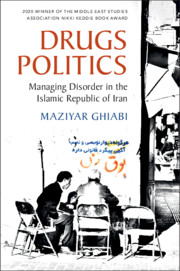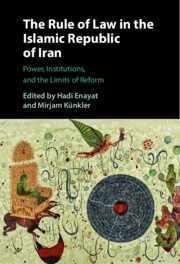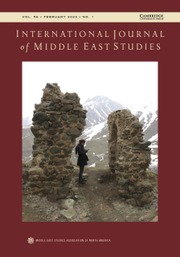The Cultural Politics of Art in Iran
Modernist Iranian art represents a highly diverse field of cultural production deeply involved in discussing questions of modernity and modernization as practiced in Iran. This book investigates how artistic production and art criticism reflected upon the discourse about gharbzadegi (westoxification), the most substantial critique of Iran's adaptation of Western modernity, and ultimately proved to be a laboratory for the negotiation of an anti-colonial concept of an Iranian artistic modernity, which artists and critics envisioned as a significant other to Western colonial modernity. In this book, Katrin Nahidi revisits Iranian modernist art, aiming to explore a political and contextualized interpretation of modernism. Based on extensive fieldwork, interviews, and archival research, Nahidi provides a history of modernist art production since the 1950s and reveals the complex political agency underlying art historiographical processes. Offering a key contribution to postcolonial art history, Nahidi shows how Iranian artistic modernity was used to flesh out anti-colonial concepts and ideas around Iranian national identity.
- Offers a postcolonial analysis of Iranian art by drawing connections between orientalism and modernism
- Contextualises previously untranslated source materials to challenge established narratives
- Highlights the innovation in Iranian modern art, showing how it continually rethinks Iranian modernity
Product details
June 2025Paperback
9781009361378
301 pages
229 × 152 mm
Not yet published - available from May 2025
Table of Contents
- Introduction
- 1. Exhibitions of modern Iranian art – the construction of a secular heritage
- 2. Cultural politics in Pahlavi Iran – Tmoca's architecture and the evolution of Gharbzadegi in arts and politics
- 3. 'Saqqakhaneh revisited' – the art of historiographical construction of a local modernism
- 4. Jalil Ziapour and the Fighting Rooster Association (Korus-e Jangi)
- Conclusion.






